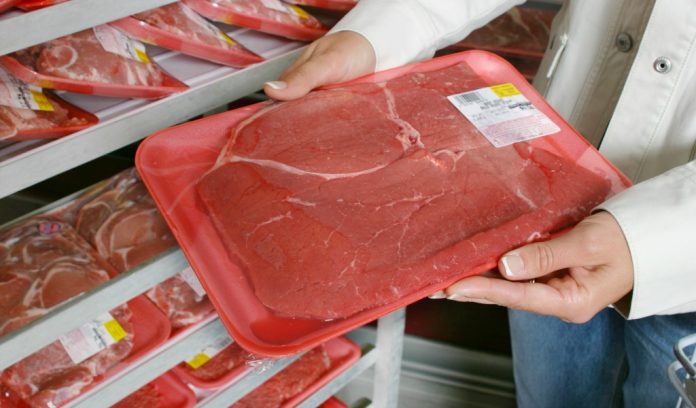We in agriculture have a long tradition of marketing our bounty by more pleasant, if not less-than-truthful, names in hopes that less-informed eaters buy the sizzle rather than the fact.
For example, the beef checkoff has spent millions urging people to purchase something called flat-iron steak that isn’t steak at all but just a plain old chuck roast sliced thicker and grilled.
Likewise, the pork checkoff’s slogan, “Pork: The Other White Meat,” is often cited as a brilliant stroke of barnyard marketing: “Look, hogs are chickens!”
No they aren’t: U.S. per capita consumption of pork was 51 lbs. in 1989, 51 lbs. in 2005, and 51 lbs. in 2022. Over the same period, poultry — the real white meat — saw its per capita consumption more than double.
Still, facts be hanged, we bugger on with our word games. Indeed, the House Ag Committee’s proposed 2024 Farm Bill is so filled with euphemisms, misdirection and flat-out untruths that it’s hard to tell if its sponsors are serious or seriously out to lunch.
For instance, early on House Republican ag leaders were urged to protect food assistance programs, the biggest being SNAP, or the Supplemental Nutrition Assistance Program, if they hoped to attract needed Dem support for their bill.
When their draft was released, however, it showed a $27 billion (some analysts estimate $30 billion) slice in food assistance, the steepest cut since welfare reform in 1996.
When the butcher’s bill hit Capitol Hill, however, it was quickly condemned by everyone who could read. GOP staffers swiftly reframed the cuts as “cost neutral” and moved on.
After a network of non-profit food banks pointed out the obvious — that cuts usually aren’t “cost neutral” — a baloney-filled House Ag staffer called anyone who objected to the SNAP cuts “hunger weirdos… in the business of poverty.”
Then there’s the GOP proposed changes to today’s principal “farm program,” crop insurance, that, “As expected,” notes farmdocDAILY, “… increases statutory reference prices for all covered commodities but with significant differences across commodities.”
Translation: Most of that “cost neutral” $27 billion in SNAP cuts are going directly into fatter government subsidies for crop revenue insurance programs that, all things being equal, are often very far from equal because some feature “significant differences…”
Translation of the translation: Some “Crop (insurance) supports would be set so high… by House Republicans that cotton, peanut and rice growers, and probably wheat and sorghum farmers too, ‘would receive a payment every year,’” FERN noted on May 21, quoting an Environmental Working Group analysis, the proposed, even more fattened crop insurance program.
Equally remarkable is how few people who grow U.S. rice, cotton and peanuts will benefit from this bigger helping of GOP-supplied, all-but-guaranteed gravy.
In fact, the U.S. Rice Federation counts just 5,563 rice growers, the National Cotton Council says in “2023, the cotton farming industry employed 14,921 people” and the National Peanut Council estimates there are “7,000 peanut farmers.”
The cotton group’s use of the word “employed,” rather than the other groups’ more definitive “growers” or “farmers,” hints at its legendary command of semantics.
For example, after Brazil filed claims with the World Trade Organization that challenged U.S. cotton subsidies in 2002, the U.S. settled in 2009 by paying Brazil $300 million in reparations and steeply cutting government subsidy programs for “cotton.”
Shortly thereafter, however, a new U.S. support payment scheme emerged for something called “seed cotton,” the industry’s euphemism for plain cotton that hasn’t been ginned to remove its seeds — like, in fact, all just-harvested cotton worldwide — carries no WTO oversight.
It’s a clever, words-only way to avoid trade sanctions while guaranteeing American cotton growers’ — sorry, “employees” — income from now until taxpayers catch on that they are paying for steak and getting sausage.














